Foot Health for Runners & Athletes
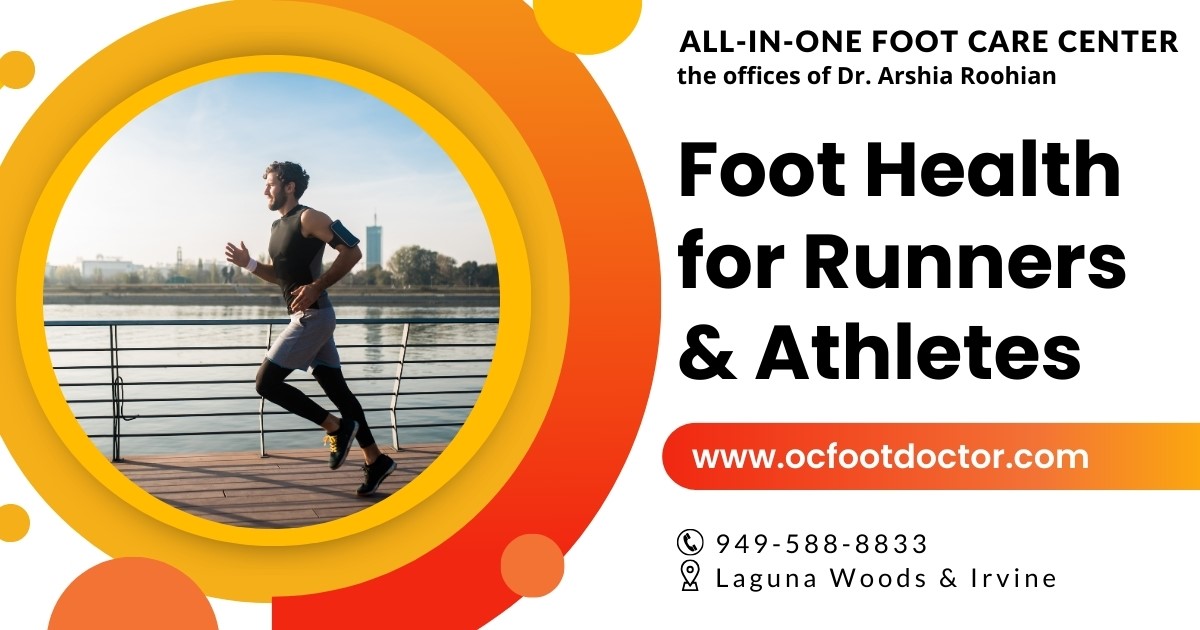
Hello, fellow athletes and running enthusiasts! If you're passionate about pounding the pavement or conquering trails, you know that the thrill of high-impact activities comes with its share of challenges – especially for your feet. In this blog, we'll explore the unique foot health concerns faced by runners and athletes, and we'll provide valuable insights into preventing and managing the foot issues associated with the impactful nature of your favorite activities.
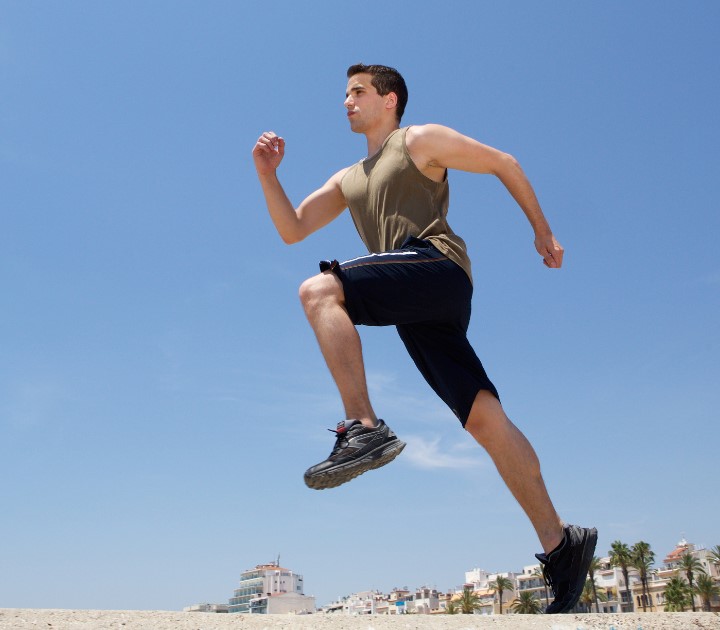
1. The Toll of High-Impact Activities:
Runners and athletes subject their feet to significant stress and impact, leading to a range of potential issues:
Shin Splints: Pain along the shinbone caused by inflammation of the muscles, tendons, and bone tissue.
Stress Fractures: Microscopic cracks in the bone surface, often resulting from repetitive stress.
Plantar Fasciitis: Inflammation of the band of tissue (plantar fascia) connecting the heel bone to the toes.
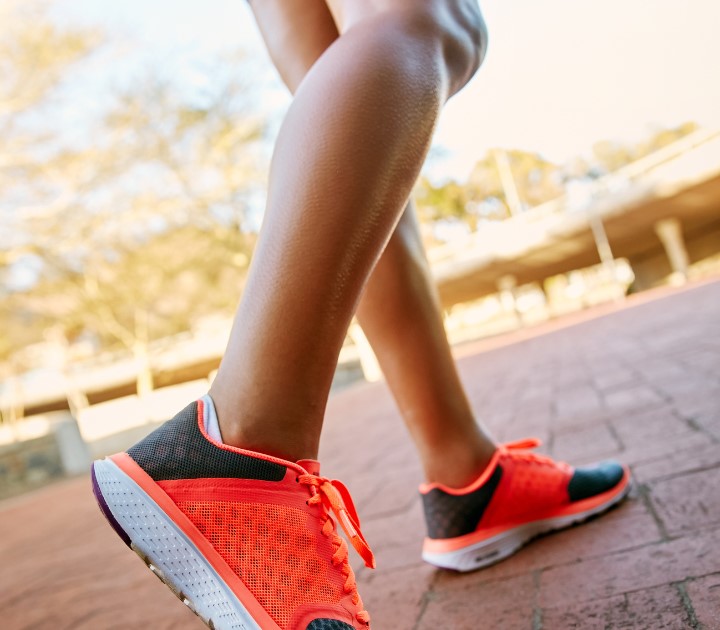
2. Proper Footwear Matters:
Choose the Right Shoes:
Invest in quality athletic shoes designed for your specific activity. Running shoes, for example, provide different support than cross-training shoes.
Regularly Replace Worn-Out Shoes:
Running shoes lose their shock absorption over time. Replace them every 300-500 miles to ensure optimal support.
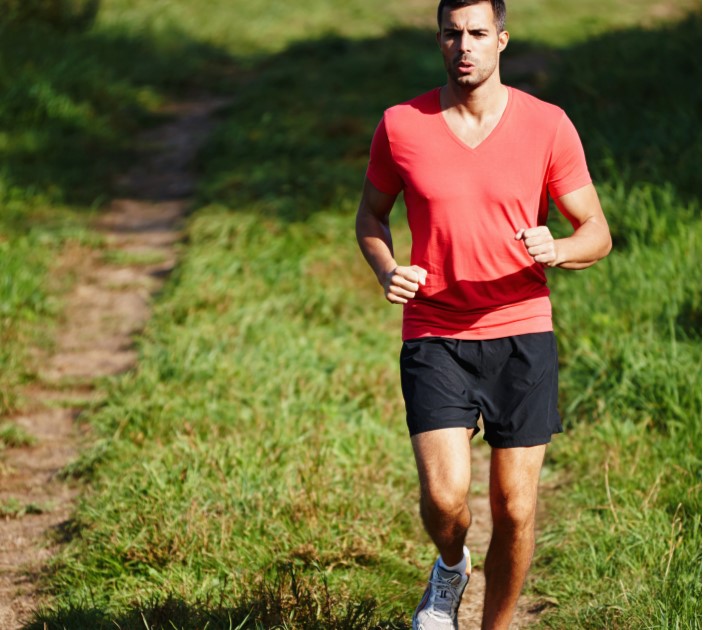
3. The Importance of Proper Technique:
Ensure Proper Running Form:
Running with improper form can increase the risk of injuries. Maintain good posture, and be mindful of your stride length and foot placement.
Incorporate Cross-Training:
Mix high-impact activities with lower-impact exercises like swimming or cycling to reduce the overall stress on your feet.
4. Listen to Your Feet:
Pay Attention to Pain:
Ignoring foot pain can lead to more severe injuries. If you experience persistent pain, it's crucial to rest and seek professional advice.
Don't Push Through Injuries:
Running through pain may exacerbate injuries. Allow adequate time for rest and recovery when needed.
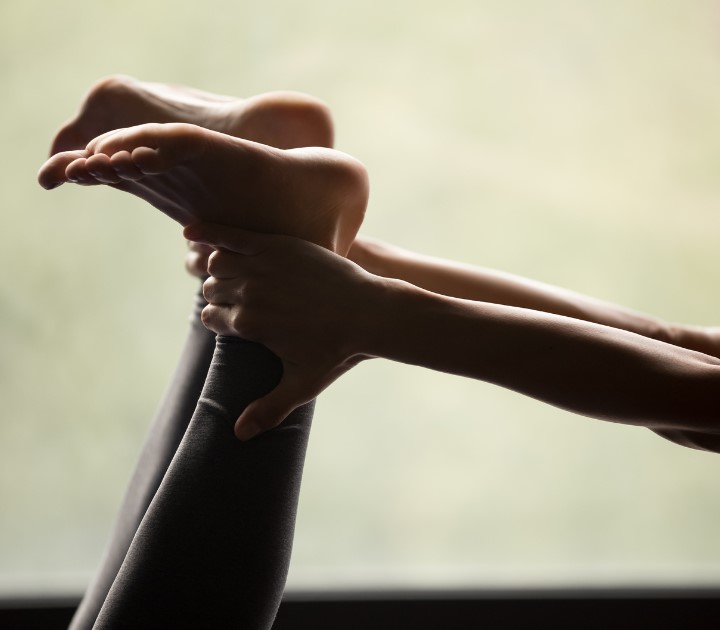
5. Strengthening and Stretching:
Foot and Ankle Exercises:
Incorporate exercises to strengthen the muscles in your feet and ankles. This can enhance stability and reduce the risk of injuries.
Dynamic Stretching Routine:
Warm up with dynamic stretches before your run or workout to improve flexibility and reduce muscle tension.

6. Recovery and Self-Care:
Invest in Recovery Tools:
Consider using tools like foam rollers or massage balls to alleviate muscle tightness and improve recovery.
Ice Baths and Compression:
After intense workouts, ice baths and compression socks can help reduce inflammation and speed up recovery.
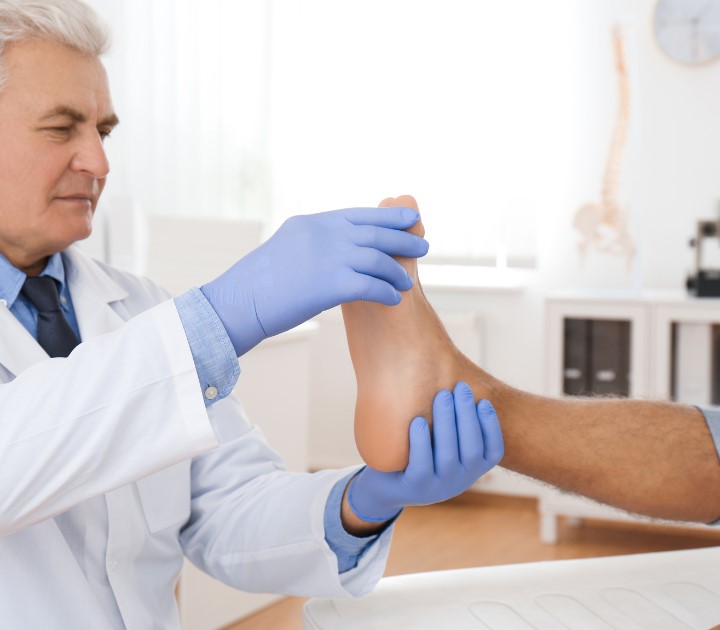
7. Regular Check-Ups with a Podiatrist:
Proactive Foot Care:
Schedule regular check-ups with a podiatrist, especially if you engage in high-impact activities frequently. They can identify potential issues early on and provide tailored advice.
Conclusion:
As athletes, your feet are your most valuable assets, and their health directly impacts your performance. By incorporating proper footwear, technique, and recovery strategies into your routine, you can minimize the impact of high-impact activities and keep your feet in peak condition. Listen to your body, prioritize foot health, and continue enjoying the exhilarating world of running and athletics with confidence. Happy, healthy running!


